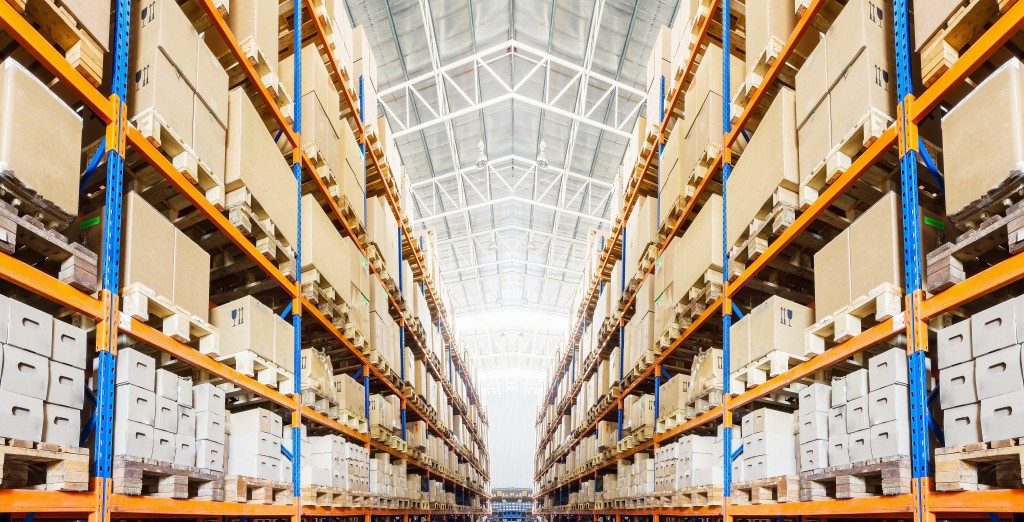Warehouse Management Tune-up: Ways to Keep the System Running Efficiently

A warehouse plays an important role in any company. An efficient warehouse management system enhances inventory management, increases customer satisfaction, improves company productivity and increases sales and company profits. While many technological advancements and developments nowadays have improved efficiency in running a warehouse, running periodic audits is still a key preventive measure to ensure that all systems and processes are still working optimally. An audit also provides an opportunity to review current processes, recognise best practices, and implement new ones when needed.
Revisit Training Strategies and Frequency
Having good and competent staff can make all the difference to a warehouse’s success. Equipping them with the latest codes and best practice methods is necessary if the objectives of a company are to be suitably met. One of the keys to maintaining an efficient and effective team is by keeping them well-trained using the proper training strategies. A study published in the European Journal of Business and Management shows that increased job satisfaction, employee morale, improved process efficiencies, and financial gains are some of the general benefits received from organised and well-executed employee training.
Different training needs require different strategies. For instance, to effectively train forklift operators, on-the-job training is most effective. In addition, all training should be continuous. Many companies and warehouses focus on induction courses and mentoring new employees. They often overlook and fail to understand the importance of continuous training and development for existing employees. Unfortunately, this is one of the main reasons many systems fail to maintain their success and experience a high employee turnover rate.
Inspect Warehouse Storage and Equipment
From stillage cages, RF guns, to conveyor belts, inspecting all devices, equipment, and storage units regularly is an important part of a warehouse management system. Paying particular attention to items that are most likely to develop into unsafe conditions is crucial as these might lead to incidents and injuries. Know every type of machinery and equipment available in the warehouse and review the safety manuals.
The regular testing of equipment is recommended by the Australian government to evaluate its conditions. Testing intervals will depend on factors such as frequency of use, the environment in which the equipment are being used, and the manufacturer’s advice. Similarly, an annual inspection on the conditions of the entire racking system in warehouses to identify damaged components for replacement is also recommended.
Evaluate the Existing Warehouse Organisation System

From receiving, storing, to shipping, a warehouse’s layout and flow will largely determine how well the business operates. Start with reevaluating the entire warehouse layout design. This is the bedrock of warehouse organisation. Shelves, tools, workbenches, tables – these should all be logically placed to produce a smooth and safe workflow. In addition, well-defined work areas promote a safer work environment. Paths for forklifts and pallet jacks, for instance, should be well-identified on the floor.
Warehouse reorganisation should be done continually, but not too often. This allows workers to adjust to the different workflows and for opinions to be formed on the effectiveness of a particular layout.
A warehouse management system runs like a well-oiled engine. It needs regular tune-ups to ensure that it does not slow down and that the parts do not begin to fail. Ensuring to take proactive steps, such as regular audits, will keep the whole system in good shape.




